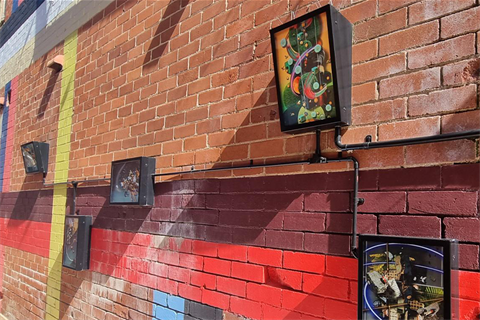CO2CRC announced today that the CO2injection for the Otway Stage 3 Project has successfully commenced.
CO2CRC’s Otway Stage 3 Project trials next generation subsurface monitoring and verification (M&V) technologies to reduce the costs for monitoring in industrial applications.
CO2 storage projects require M&V to understand movement of the injected CO₂ plume in the subsurface.
Traditional methods monitor the CO2 from the surface and can be costly due to long-term planning and their interaction with farming or marine industries. CO2CRC developed with its research partners from CSIRO and Curtin University technologies which instead provide an on-demand image of the CO2 plume in the subsurface. The monitoring techniques have a lower surface environmental footprint, can be operated and monitored remotely, are more cost-effective and come with a high level of reliability.
“Initial estimates show the technologies being tested could provide a cost saving of up to 75 percent of monitoring costs over traditional monitoring technologies,” said David Byers, CEO of CO2CRC.
“CO2 injection has commenced at a rate of 140 tonnes per day and we have established good communication between the injection well and the monitoring wells and the storage reservoir is responding to CO2 injection as predicted.”
“CO2 injection will pause in early Jan 2021, when around 5,000 tonnes of CO2 will have been injected. At this point we will perform our first pressure tomography measurement as well as an intermediate surface based seismic survey, allowing comparison between traditional M&V techniques and the novel technologies and methodologies deployed as part of the Otway Stage 3 Project.”
“We are already seeing significant improvements in data collection and processing times. The Stage 3 technologies will enable operators to track the plume on demand, as it moves through the storage reservoir. This will allow operators to reduce the number of on-going repeat surface seismic acquisition operations and significantly reduce on-going monitoring costs.”
“The M&V techniques will provide regulators and communities with ongoing confidence that CO2 injected deep underground is permanently stored within the bounds of the storage formation in large scale CCUS projects.” He said
After the January pause, a further 10,000 tonnes of CO2 will be injected with additional measurements made after each 5,000 tonnes to further test the sensitivity and accuracy of the new M&V techniques. Research and analysis of data will continue into 2022.







